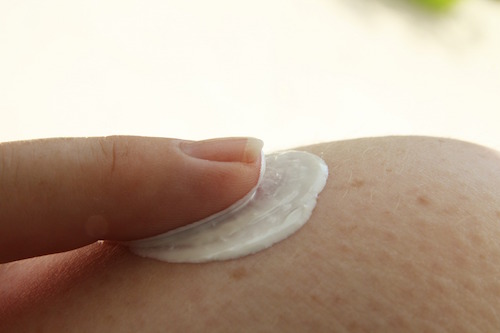
Summer is just around the corner, and that means brushing up on safe sun practices. Many people associate a tan with health and vitality; however, the reality is quite the opposite. Dermatologists unanimously agree: there is no such thing as a safe tan. The fact is, a tan is the skin’s visible response to sun damage. But the amount of misinformation circulating about proper sun protection is vast! The following four myths and facts about sunscreen and skincare are here to set the record straight, to keep skin safe and healthy year round.
This might be the #1 most popular myth. Because the body makes Vitamin D on its own, many people think sun exposure is the correct way to enhance the process. However, the risks of skin cancer vastly outweigh the benefits of getting Vitamin D from the sun. The American Academy of Dermatology recommends taking a supplement and eating fortified foods as safe ways to maintain Vitamin D levels without risking skin cancer.
Certain ingredients in popular skincare products can cause photosensitivity or phototoxicity, making the skin more susceptible to UV damage. Using them before sun exposure can result in hyperpigmentation and burns. Products containing retinol or high amounts of Vitamin A, citrus oils, Vitamin C, and alpha hydroxy acid should ideally be used at night, or at least 24 hours before sun exposure.
While it may seem logical to think that SPF 30 is twice as effective as SPF 15, that is not the case. According to Dr. James M. Spencer at WebMD, SPF 15 sunscreen blocks about 94% of UVB rays, which cause sunburn, while an SPF 30 sunscreen blocks about 97%, and SPF 45 blocks 98%. “After that, it just gets silly,” he says. So while a higher SPF is certainly better, even a product with SPF 100 doesn’t guarantee complete protection. All sunscreen wears off and must be reapplied at least every two hours. As for harmful UVA rays, which contribute to deeper skin damage, clothing offers the best protection.
Sun exposure can be very stressful and drying for skin, so it’s best to apply a calming lotion after sun exposure to prevent excessive loss of moisture that results in premature aging. A lotion with aloe vera provides additional soothing and cooling benefits, while antioxidant-rich oils such as coconut and argan rejuvenate the skin and provide long-lasting hydration.
While many beauty products nowadays have added SPF, it is little more than a marketing technique. The phrase “broad spectrum” should appear on the label – meaning the product protects against both UVA and UVB rays. More often than not, a base layer of sunscreen is still necessary for adequate protection.
While it may seem counterintuitive to use sunscreen on a cloudy day or in the winter, the sun is still there emitting UV rays, cloud cover or not. In the winter, when most of the skin is covered, it’s a good idea to use sunscreen on exposed areas such as the face, neck, and hands, as they are often the most neglected and also the first to show signs of aging.
UV rays penetrate all skin the same way, no matter its color. Having darker skin does not make one immune to sun damage. Proper sun protection should still be used.
Most people only pull the sunblock out when the weather gets warm, thinking they can save money by using their old bottle from the previous year. However, sunscreen breaks down quickly and loses its effectiveness, especially the UVA protection. Ideally, sunscreen should be replaced every season – and if it’s being used as often as it should, there won’t be any left over.